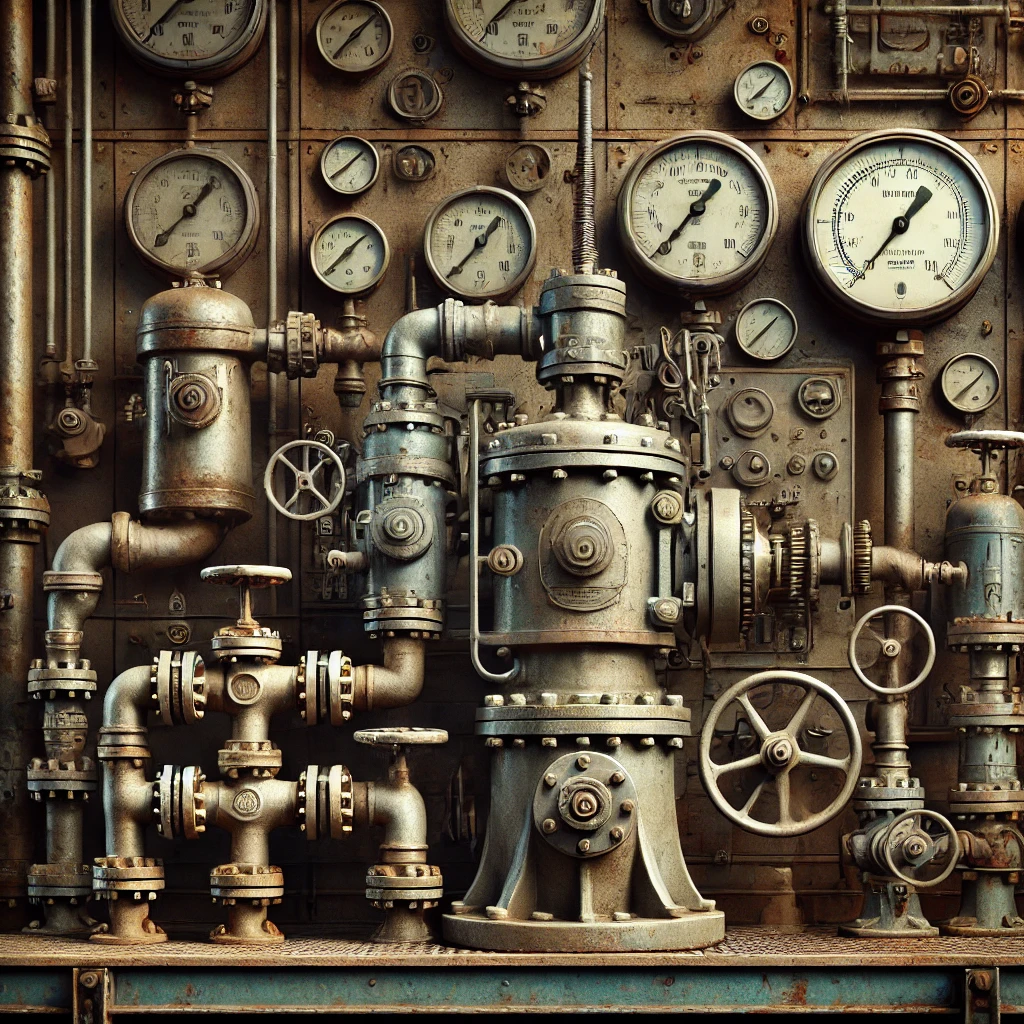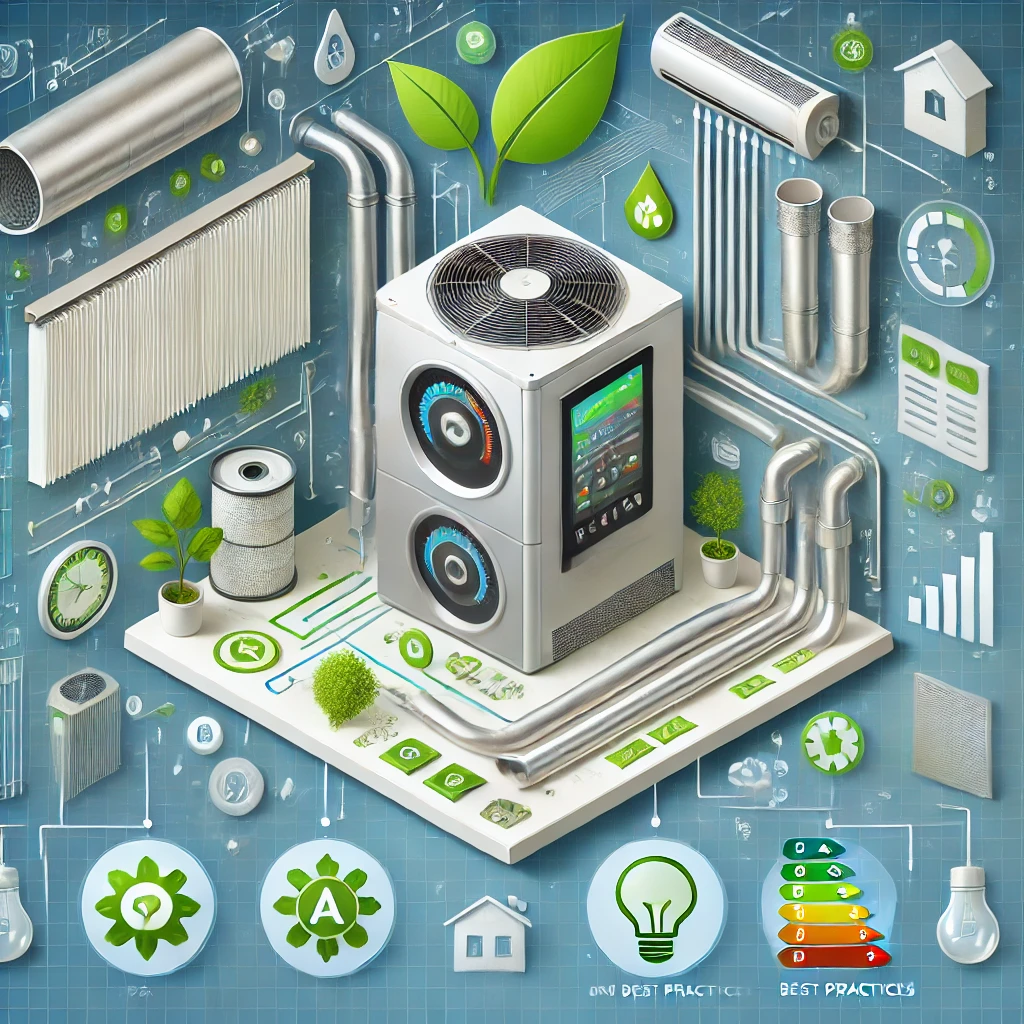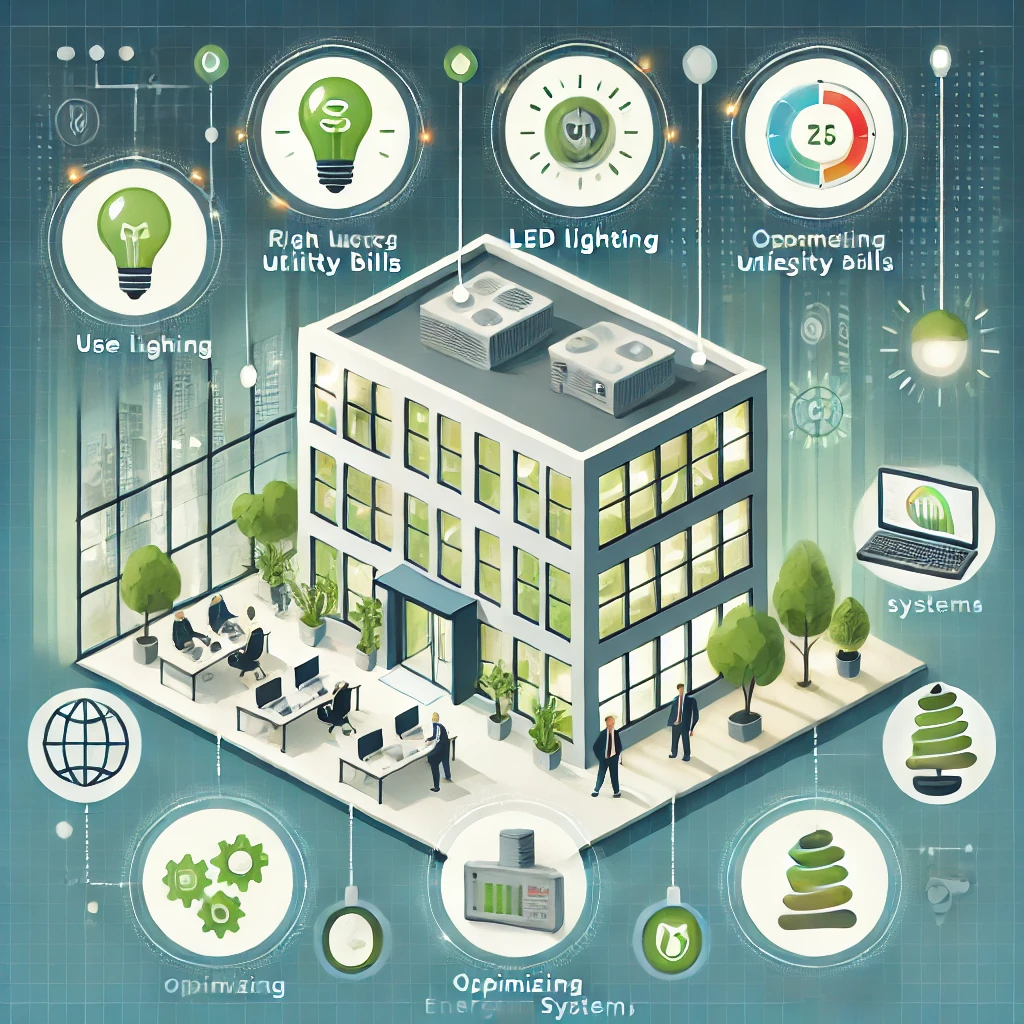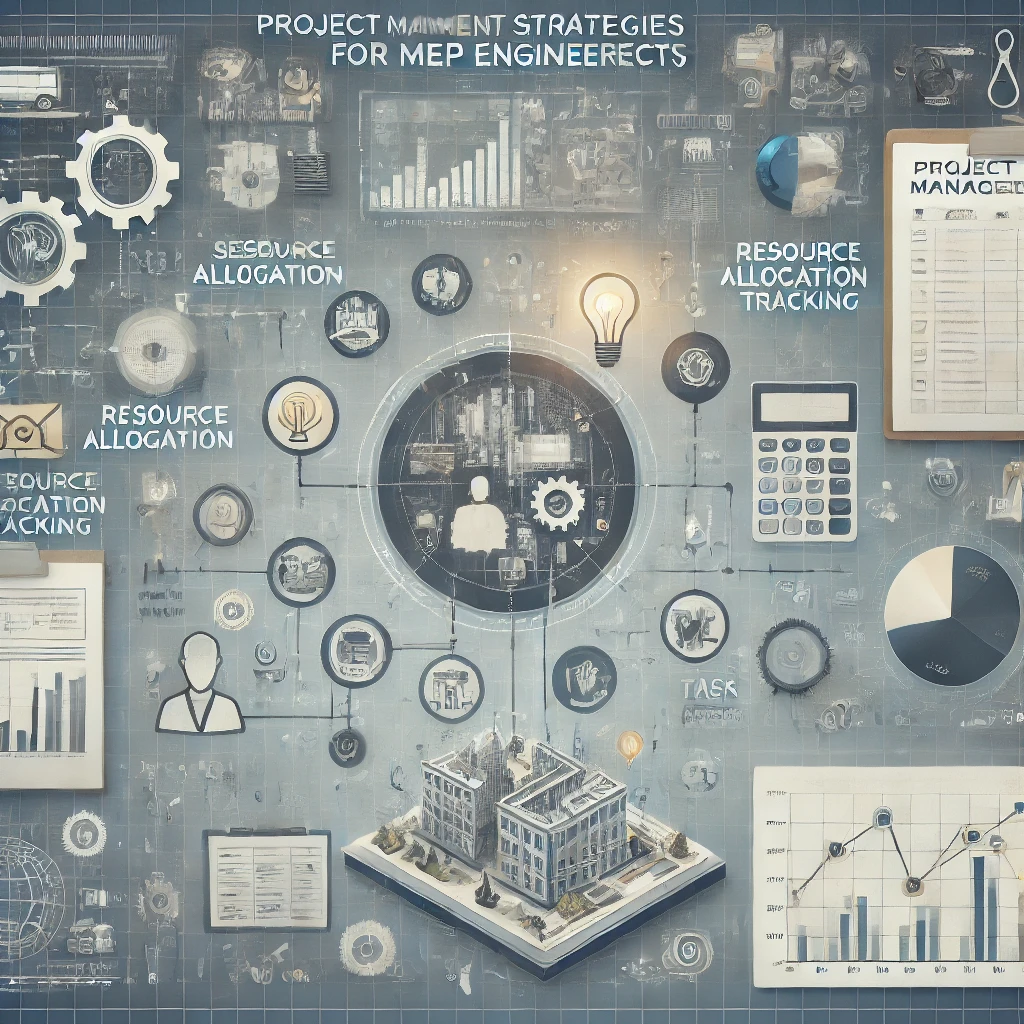The Role of MEP Engineering in Enhancing Building Safety

Mechanical, Electrical, and Plumbing (MEP) engineering plays a pivotal role in the design, construction, and operation of safe and secure buildings. MEP systems are responsible for managing essential building functions, such as climate control, power distribution, water supply, and fire protection. By integrating advanced technology and adhering to stringent safety standards, MEP engineering ensures the well-being of occupants and the protection of the building's infrastructure.
In this article, we explore the crucial ways in which MEP engineering enhances building safety.
Fire Protection and Suppression Systems
One of the most critical safety functions in any building is its ability to prevent, detect, and suppress fires. MEP engineers are responsible for designing fire protection systems that safeguard both lives and property.
- Fire Detection and Alarm Systems: MEP engineers design and install fire detection systems, including smoke detectors, heat sensors, and fire alarms. These systems are integrated with building automation systems to provide real-time alerts, enabling swift evacuation and response in the event of a fire.
- Sprinkler and Suppression Systems: Sprinkler systems are a key component in fire suppression. MEP engineers ensure these systems are correctly sized, positioned, and integrated with other fire suppression technologies, such as gas-based systems for sensitive areas like data centers. By calculating water flow rates and pressure, engineers ensure the system is effective in containing and extinguishing fires.
- Emergency Lighting and Signage: In case of a fire or emergency evacuation, MEP engineers design emergency lighting systems and exit signage that guide occupants to safety. These systems are often backed by uninterruptible power supplies (UPS) to ensure they remain operational during power outages.
Mechanical Systems and Safety
Mechanical systems in buildings primarily involve heating, ventilation, and air conditioning (HVAC). These systems are essential for regulating indoor air quality, thermal comfort, and controlling environmental conditions. When designed and maintained properly, they significantly enhance safety in various ways:
- Fire Safety and Smoke Control: One of the critical safety aspects of HVAC systems is their role in fire prevention and management. HVAC systems are integrated with fire safety strategies to control the spread of smoke during a fire. Smoke dampers, which automatically close when fire is detected, prevent the movement of smoke through ventilation systems. Properly designed ventilation ensures that smoke is contained, providing safe escape routes and aiding firefighters in managing the situation.
- Indoor Air Quality (IAQ): Poor air quality can lead to health issues such as respiratory problems, which is why mechanical systems must be designed to ensure adequate ventilation and filtration. MEP engineers ensure that air exchange rates meet safety standards, maintaining a healthy environment by removing harmful pollutants, allergens, and pathogens from the air.
- Thermal Comfort and Emergency Response: Proper temperature regulation is essential for both everyday comfort and emergency scenarios. HVAC systems ensure that indoor environments remain within safe temperature ranges during extreme weather or power outages, which can be vital for the health and safety of building occupants.
Electrical System Safety
Electrical systems are at the heart of modern building operations, powering everything from lighting to life safety systems. MEP engineers play a vital role in the design and implementation of electrical systems that not only support daily activities but also protect against a wide range of hazards.
- Fire Prevention and Protection: Electrical malfunctions are one of the leading causes of fires in buildings. MEP engineers design electrical systems that incorporate proper wiring, grounding, and circuit protection to prevent overloads and electrical fires. Additionally, they ensure compliance with national and international codes to reduce risks associated with electrical installations.
- Emergency Power Systems: MEP engineers design backup power systems, including generators and uninterruptible power supplies (UPS), that ensure critical building systems remain operational during power outages. This is essential for maintaining safety systems such as fire alarms, emergency lighting, and security controls. Hospitals, data centers, and high-occupancy buildings rely on these systems to maintain life-safety operations during emergencies.
- Lightning and Surge Protection: In addition to internal electrical safety, MEP engineers design buildings to resist external electrical threats such as lightning strikes. Surge protection devices and grounding systems prevent equipment damage and reduce the risk of electrical fires caused by lightning or power surges.

Plumbing Systems for Health and Safety
Plumbing systems play a crucial role in building safety, primarily concerning water supply, drainage, and fire suppression systems. A well-designed plumbing system ensures access to clean water, safe waste disposal, and protection from water-related hazards.
- Fire Suppression Systems: Sprinkler systems, an integral part of building safety, are often designed and implemented by MEP engineers as part of the plumbing infrastructure. These systems are critical for controlling fires and minimizing damage before firefighters arrive. MEP engineers ensure these systems comply with fire codes and are regularly inspected and tested for functionality.
- Sanitation and Water Quality: MEP engineers design plumbing systems that guarantee the safe delivery of potable water while preventing contamination through backflow prevention devices and water treatment systems. These systems protect against waterborne diseases and ensure that sanitary conditions are maintained, which is especially critical in hospitals, schools, and food preparation facilities.
- Drainage and Flood Prevention: Poor drainage design can lead to water accumulation and flooding, which poses safety hazards. MEP engineers design efficient drainage systems that prevent flooding by managing stormwater and wastewater. By incorporating sump pumps and backflow preventers, they mitigate the risk of water damage and health hazards caused by standing water
Integration of Life Safety Systems
One of the most significant contributions of MEP engineering to building safety is the integration of various life safety systems. These include:
- Fire Alarm Systems: MEP engineers design fire alarm systems that detect smoke, fire, or gas leaks and notify occupants and emergency services in a timely manner. Proper integration of these systems with HVAC, lighting, and access control systems ensures a coordinated response during emergencies.
- Emergency Lighting and Exit Signs: In the event of an emergency, clear and visible exit routes are critical. MEP engineers design emergency lighting and signage systems that automatically activate during power failures, ensuring that occupants can safely exit the building.
- Security Systems: MEP engineers are also responsible for the integration of security systems such as surveillance cameras, access control, and alarm systems. These systems provide critical protection against unauthorized access and other security threats, ensuring that occupants remain safe inside the building.
Conclusion
MEP engineering is foundational to the safety and security of buildings. From fire protection and air quality control to electrical safety and water management, MEP systems are intricately connected to the well-being of occupants and the structural integrity of buildings. As buildings become more complex and integrated with advanced technologies, the role of MEP engineers will continue to expand, ensuring that modern structures are not only efficient but also safe for everyone who inhabits them.
Category:



